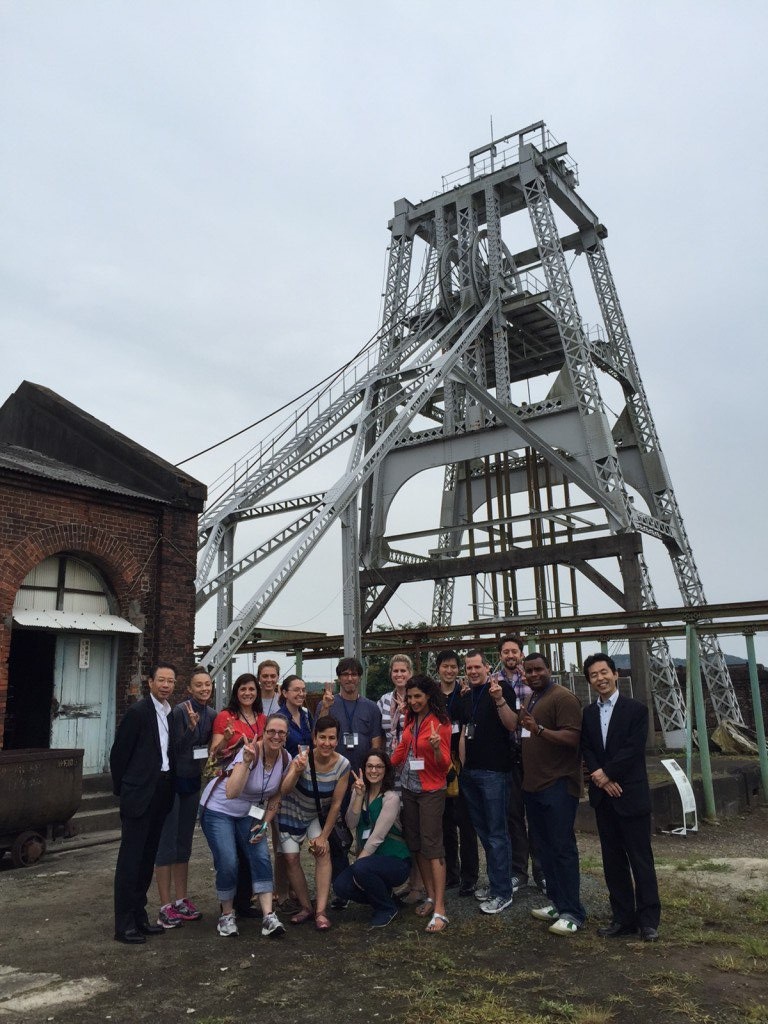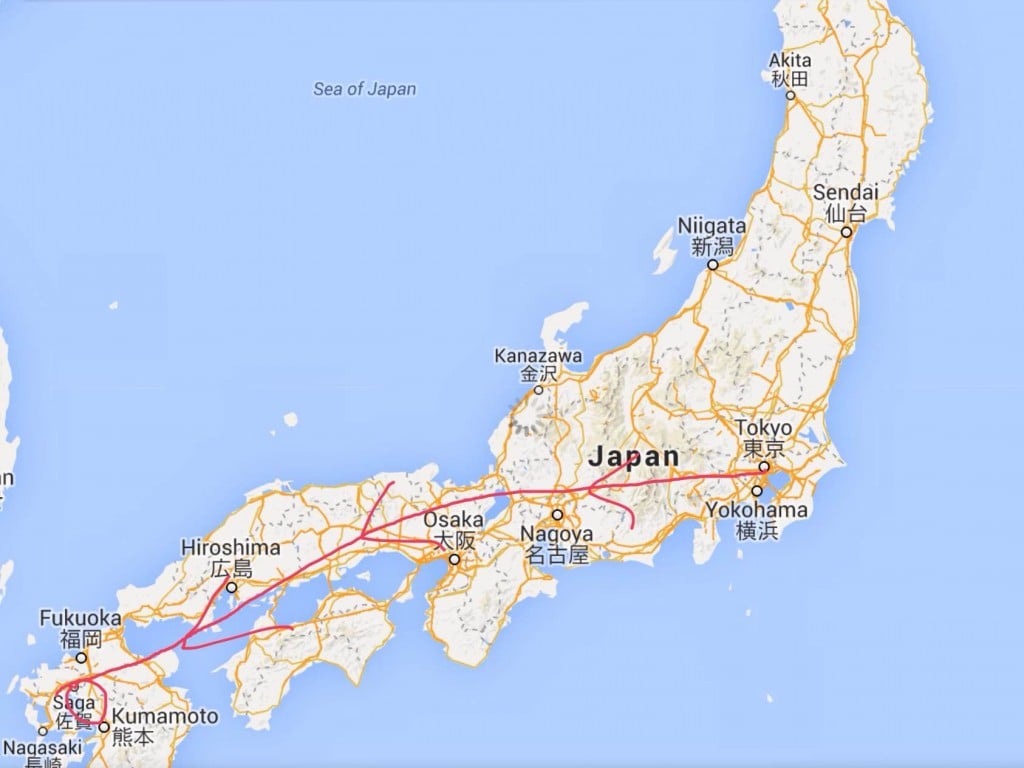Today was another fascinating day experiencing the culture of Japan. It is great to be traveling with Fulbright Japan expose us to unique experiences that would not be possible without their organization and expertise. I am amazed at the amount of staff and volunteers organized for our visits. From bus drivers, to professors, to school personnel, to community leaders – there are so many people working to make our visit special.
In the morning we went to Omuta City hall to meet with the mayor of Omuta and the local Board of Education.
We spent the afternoon at a community center in Omuta, where we participated in a cooking class, it almost felt like being in the TV show Iron Chef! During the class we prepared a Japanese style lunch.
After lunch we took a quick class on the Japanese art of origami.
 |
| Our very talented and prolific origami teacher. |

After origami we learned the traditional Japanese tea ceremony. Our teachers were a group of veteran tea masters that go to schools and around the community teaching the ceremony in order to preserve this important Japanese tradition.
 After leaving the community center in Omuta we traveled to the Omuta
City Ecosanc. In Omuta they have massive fields of solar panels that
generate energy for more than 1/3 of this city. In total there are
70,000 solar panels! Fantastic to see a town that
was dependent on coal and devastated when the mines closed now revived with the existence of renewable energy.
After leaving the community center in Omuta we traveled to the Omuta
City Ecosanc. In Omuta they have massive fields of solar panels that
generate energy for more than 1/3 of this city. In total there are
70,000 solar panels! Fantastic to see a town that
was dependent on coal and devastated when the mines closed now revived with the existence of renewable energy. A panoramic view of the 70,000 solar panels in Omuta City.
This evening we took a train to Fukuoka, Japan’s sixth largest city on the northern shore of Kyushu Island. This city is famous for it’s Ramen and although we were only there a couple of hours it was impressive. Fukuoka is a very livley city.
 |
| Delicious ramen spots right along the city street in Fukuoka. |


























































